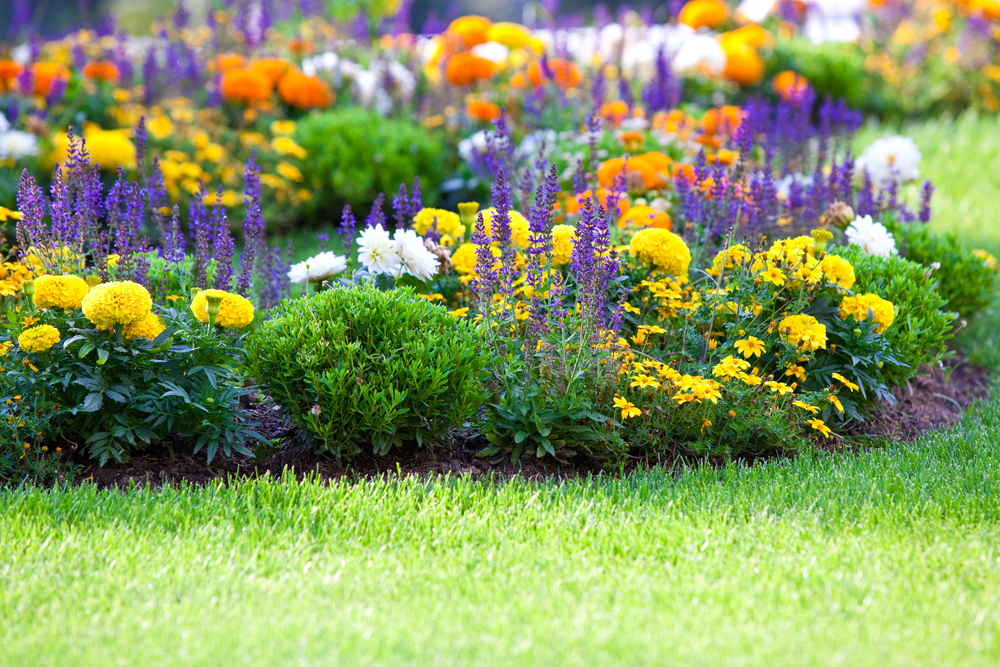Posted by Shannen Godwin on 17th Jun 2021
Beginner’s Guide to Starting a Garden

Starting a garden is one of the most rewarding things one can do and anyone do it. From creating a cut flower garden, growing your own sustainable veg patch or planting an amazing border display, getting your hands dirty in the garden has so many benefits, but it can be difficult to know where to start.
Here are our 7 easy steps to guide you through the process of starting your own garden!
1. Make a Plan
First things first, what do you want to grow? A vegetable garden? An herb garden? A flower garden? All of the above? All are great choices but have different maintenance requirements. I’d recommend for all beginners to start small until you know what you’re getting into.
2. Pick the Perfect Spot
Your garden location, soil type, amount of sun exposure and access to water will play a big part in what plants you’ll be able to grow. Most plants, vegetables and fruit thrive in sunny spots but if you garden is shaded for most of the day, there are still plenty of plants (Hostas, Heucheras, Grasses) that can thrive in the shade. Go outside and study your outdoor space, learn about your soil type, and then research which plants would be the best fit.
3. Start the Ground Work
Get rid of the top layer covering the area you plan to plant. If you want quick results (e.g., it’s already spring and you want veggies this summer), cut it out. With a spade, cut the ground into sections to make it easier to remove, then put it on your compost pile to decompose. Now, you have your planting area ready to go!
4. Choose Your Plants
Choose your shopping style. Some gardeners like studying plant catalogues to create their shopping list, others head to the garden centre to select their plants, or you can simply shop online. The key planting seasons are Spring and Autumn, so choose your plants according to their planting times. Summer-flowering bulbs/plants should be planted in the Spring (Dahlias, Begonias, Roses) and Spring-flowering bulbs/plants should be planted in the Autumn (Tulips, Daffodils, Crocus).
5. Hydration is Key
Close care and attention is essential for young plants. Once plants establish a strong root system in the ground (usually a few weeks after planting), they tend to be less needy. After that, how often you need to water depends on your soil, humidity, and rainfall; although once a week is a good place to start.
6. Mulch for Protection
Mulching is life-saving for gardeners. Mulching your plants helps them retain moisture and keep weeds at bay. Cover the soil with a couple of inches of mulch after planting and you won’t have to water as often. Also, by preventing sunlight from hitting the soil, you’ll prevent weeds from forming in your soil.
- For annuals: Choose a mulch that decomposes in a few months.
- For perennials: Use a longer-lasting mulch such as bark chips.
7. Care, Grow and Enjoy!
Now that all the planting is done, now is the time to care for your garden and watch it grow.
Don’t forget to keep up with common garden jobs such as:
- Watering plants regularly.
- Pull out any weeds.
- Prune dead blooms, or leggy growth on plants/shrubs.
- Remove garden pests (e.g. Aphids) by picking them off the plant, hosing them off with water, or spraying on an insecticidal soap.
- Support tall plants (e.g., tomatoes) with a trellis, stake or pergola.
Shop our full range of bulbs and plants here.

